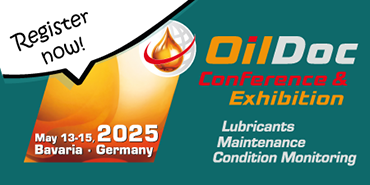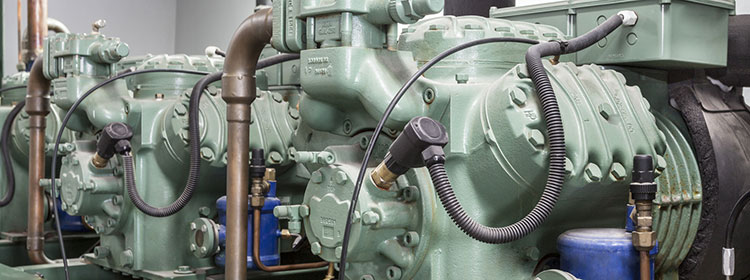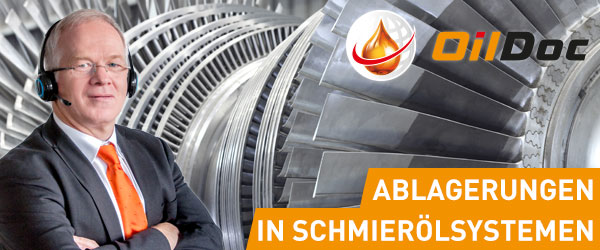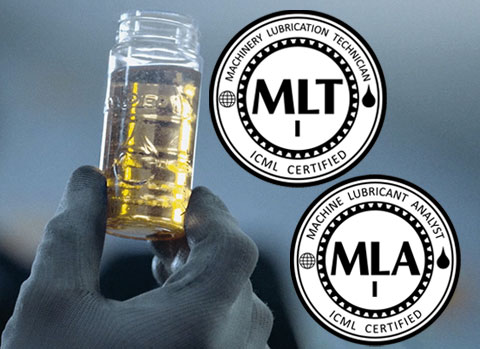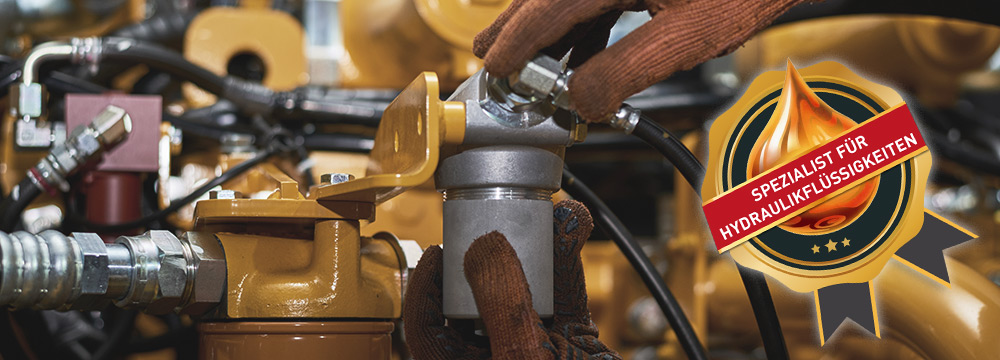Target Group
- Skilled employees and executives working in maintenance of power plants and chemical companies
- Service technicians, mechanics and commissioning staff of producers of turbines, turbo compressors and power plants
- Service partners of facility Producers
- Technically skilled employees working in construction, serive and sales
- Distribution engineers and sales people of lubricants and their service partners
- Producers of oil circulation and central lubrication systems
- Construction engineers for power plants
- Technical purchasers for lubricants and operating fluids
- Application engineers working in mobile labs as well as for on-site condition monitoring and fluid management
- Appraisors and surveyors for damage analysis and machine malfunction
- Technically interested employees who want to extend their knowledge in the areas lubrication techniques and tribology
Aims
- Correct selection of the optimal lubricant for an economic and reliable operation of your facilities and machines
- Extension of oil changing intervals
- Cost reduction through better filtration and oil care
- Early recognition of unusual wear and failures
- Investigation of causes of faliure after breakdowns
- Extraction of meaningful oil samples
- Oil analysis in pro-active maintenance
- Interpretation of lab reports
- Warning values for evaluation of machine damages and oil condition

